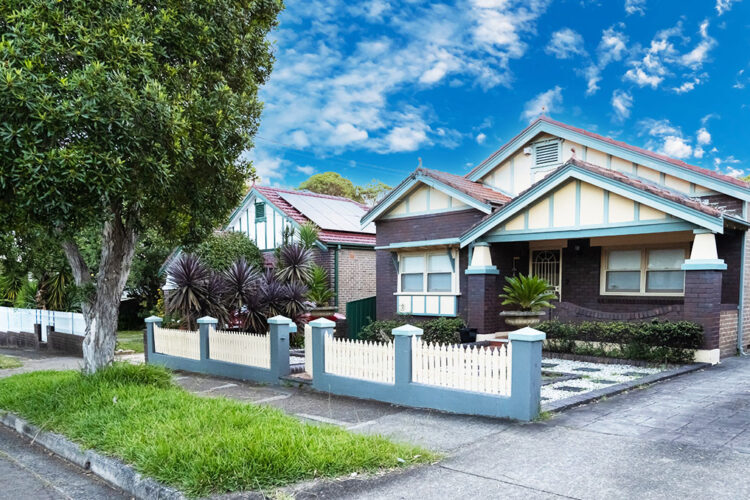Despite property prices falling this year, it would cost a Queensland borrower 40.3 per cent of their income to service a new mortgage, according to a new report.
As Queensland continues to grapple with strong internal migration and investment opportunities not slowing down, the cost of servicing a new mortgage has continued to rise, according to ANZ-CoreLogic’s Housing Affordability Report.
At the median household income level in Brisbane, CoreLogic estimated it would take 40.3 per cent of income to service a new mortgage on the median dwelling value, up from 29.1 per cent one year ago and a recent low of 25.8 per cent in September 2020.
Across the rest of the state, the portion of income required to service a new mortgage on the median dwelling value in September 2022 was 36.9 per cent.
“Despite the median dwelling value in Brisbane declining almost $40,000 between June and September 2022, the lift in the average variable mortgage rate means the mortgage repayment at this lower price point works out an estimated $26.50 higher per week,” the report stated.
As strong capital growth continues in a state grappling with a housing stock shortage and record house prices, the report showed the marginal price falls seen this year “have not been enough to offset the impact of rate rises”, at 2.85 per cent and rising.
Dwelling values declined 5.5 per cent since a peak in June 2022 through to the end of October, but this remained marginal compared to the record gains, with property prices $170,000 higher than the median in August 2020.
Overall, between August 2020 and June 2022, the Queensland dwelling market saw one of the strongest price upswings across the states, soaring 42.7 per cent.
“This sharp lift in prices over the course of 23 months was the fastest in over two decades across Queensland”, the report noted.
Many of the dwelling markets with value increases of 40 per cent or more in the past two and a half years have proximity to the coastline or offer a tree-change lifestyle in the hinterland.
For example, between March 2020 to October 2022, Wide Bay increased 47.1 per cent; followed by the Gold Coast, 43.7 per cent; Beaudesert increased by 41.4 per cent; Moreton Bay, 40.9 per cent; and Sunshine Coast, 38.7 per cent.
Ipswich, Moreton Bay, Darling Downs, Toowoomba, Central Queensland and Cairns have all seen increases above 20 per cent.
The house price increase came following record internal migration, at 1.8 per cent over the year to March 2022, (or an increase of around 92,000 people over the year — the highest since 2012).
The lift in Queensland housing values has contributed to a greater deterioration of housing affordability across the state.
For example, the house value-to-income ratio rose to a record high of 9.2 in June quarter of 2022, which has since eased to 8.6 through to the end of September but remains well above the decade average of 6.6.
The Queensland Premier Annastacia Palaszczuk has remarked on the astounding cost of homes across the country, throwing money towards combating the persistent issues.
Saving for a home loan deposit takes longer
Despite the number of years required to save for a deposit falling to 10.1 years in Brisbane and 9.3 years in September 2022 (from 9.4 in June 2022) across the rest of the state, it remains above the decade average of 7.6 years.
More recently, high inflation, rising rents, and the bounce back in economic activity (post-lockdowns) may have contributed to a reduction in the household saving rate, which declined to 8.7 per cent in the June 2022 quarter, from 24 per cent in June 2020, driven by government stimulus and a decline in consumption.
Low home loan deposit schemes have also served to reduce the barriers to home ownership for eligible first home buyers in recent years.
The National Housing Finance and Investment Corporation (NHFIC) revealed Queensland experienced the strongest demand for the First Home Loan Deposit Scheme (FHLDS), New Home Guarantee (NHG) and Family Home Guarantee (FHG).
However, first home buyer demand for housing finance has been on the decline in Queensland since February 2021, coinciding with the end of the HomeBuilder period.


